Online shopping provides a quick and convenient way to purchase products, and this is especially true for the...
Plain Wound Packing Gauze
How to Choose Wound Packing Gauze
Wound packing is performed by doctors or clinical staff for substantial wounds that are deep or tunneled under the skin. The wound filler is often made of a sterile gauze or foam that is designed to be inserted into the wound bed to soak up blood and other exudate material for a better healing environment. Some of the gauze used in the packing material is impregnated with medication or other substances to preven
A Quick Guide to Wound Packing Material
A wound that needs packing is deep and has space under the skin, with a good deal of exudate and blood. The packing simply needs to fill that space and dry the wound enough to allow proper healing to proceed. Wound packing comes in several forms and shapes, but is typically made of cotton or synthetic produced in gauze strips, rope, or sheets for wound insertion. The following information will include the main differences between wound packing strips and wound packing rope:
- Wound Packing Strips: The most common material, these are usually small strips, between 1/4 to 1 inch wide, are neatly folded along the inside border of a deep wound. They are typically sterile and sealed in a jar.
- Wound Packing Rope: These thick strands of material tend to be a bit denser than strips to absorb and treat a wound by including another substance like alginate to slow or stop exudate draining. The rope is easier to cut and is simply laid out to encircle the inner wound bed.
Your wound care specialist or doctor will know what packing material is best and will initially dress the wound. Make note of the name, the product number or SKU of the wound packing so you can refer to this again.
Wound Packing Variations and Suggested Types
There are a number of substances that are used in conjunction with wound packing material. The material base is simply an absorber for exudate and a sterile body that fills the cavity space within the wound. But because there are instances where exudate is high, or the chance of infection is present, many manufacturers will include another substance to enhance the healing ability. The following are some of the more commonly purchased examples:- Allevyn Plus Wound Cavity Dressing -- A synthetic foam material is sterile and has a high capacity for taking in wound exudate.
- Calcium Alginate Dressing -- Comes in sheets and rope, it is treated with calcium alginate and silver to gel the exudate and prevent infection.
- McKesson Iodoform Cotton Packing Strips -- These come in narrow strips for small cavity packing.
- Covidien Curasalt Packing Strips -- This is impregnated with saline solution to draw out excessive exudate and to debride the wound bed.
Wound Packing Application Suggestions
Though there are a number of different wound packing materials, keeping a sterile environment should be the top consideration. If you are packing the wound yourself, take heed of how you were instructed to change your dressing by your nurse. Make sure you have sterile gloves, tweezers, and cotton-tipped applicators. Changing the dressing is slightly different than most tasks since you will need to pull the packing out of the wound cavity. Do so with caution and do not contaminate anything nearby. Keep a bio-waste container nearby and dispose of it properly. Clean and dry the wound, and place the packing lightly in the cavity. Put a secondary dressing over if needed and then a bandage to secure the layered packing material. Typically change the dressing once a day when the material is saturated, but to make sure consult your wound care specialist. Gauze Packing Strips are typically used as wound filler. Packing strips are also used for nasal or sinus packing, boils, abscesses, fistulas, and other draining wounds. Our packing strips include the popular Kendall Curity and Invacare Lodoform brands. Packing Strips including Iodoform packing strips, wound filler, and gauze packing strips. Buy discount wound packing strips and wound filler at Vitality Medical today!

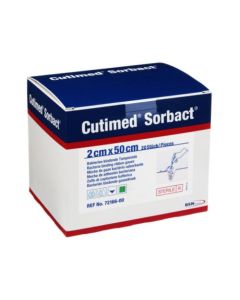
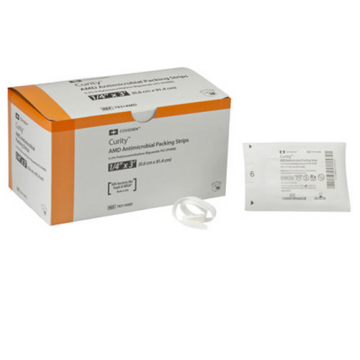
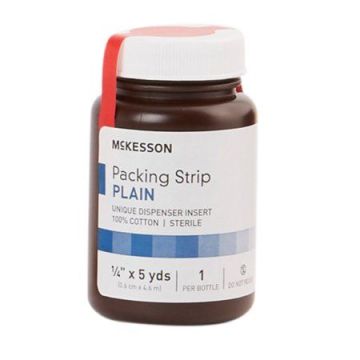
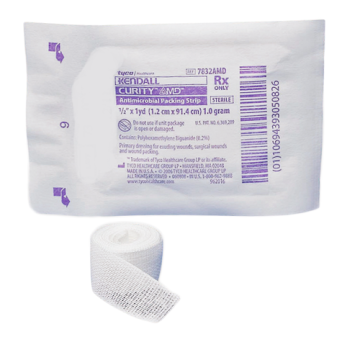
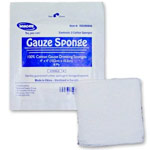
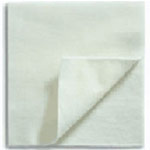
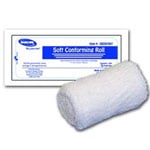
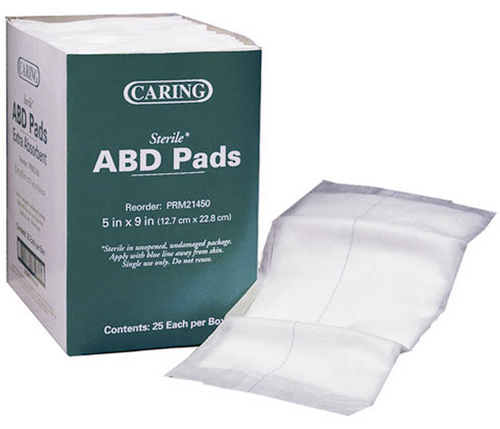
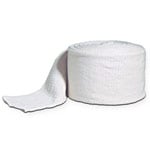
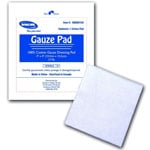
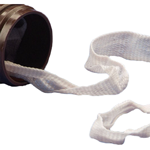
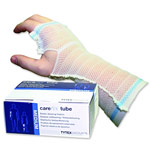
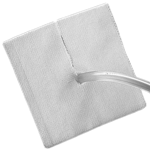
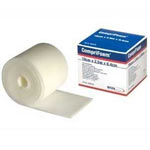
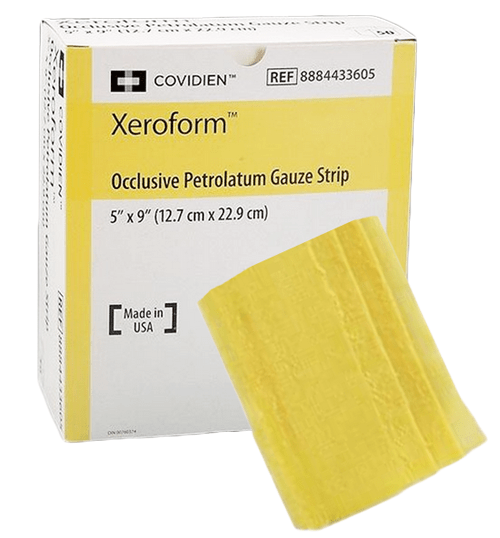
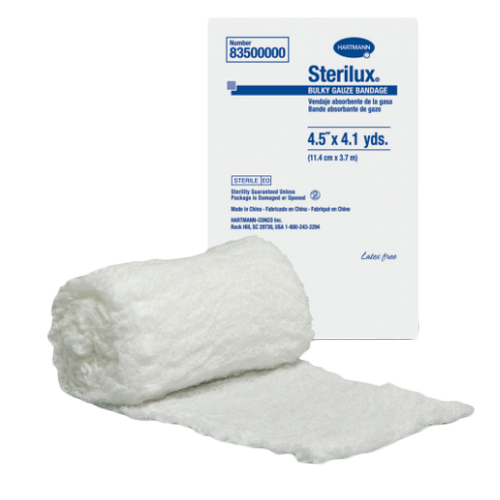
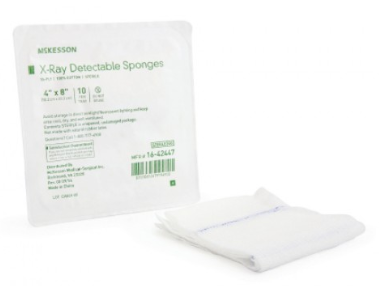

Login and Registration Form